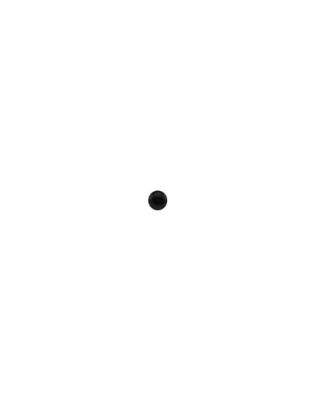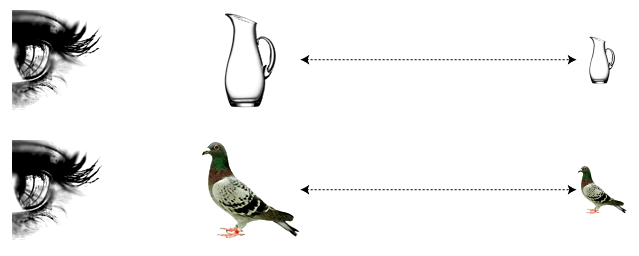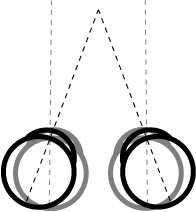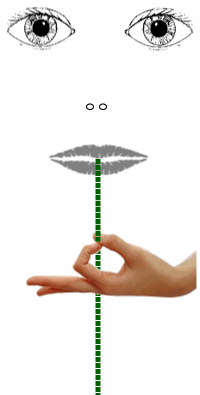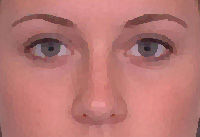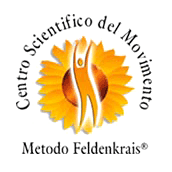Structure of the eye
The eye is a complex sense organ located in the orbital cavity. Inside, protected by an envelope, there are: a layer of receptors, a lens, a system of neurons capable of conducting impulses from the retina to the visual cortex, generating visual sensations.
A window on the world that collects images and puts us in contact with reality. The innermost tunic of the eye is formed by a thin layer of nervous tissue that contains specific light receptors, capable of transmitting the stimulus, transformed into a nerve current, to the brain via the optic nerve.
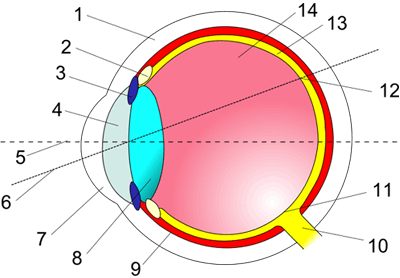
1 - sclera;
2 - ciliary body;
3 - iris;
4 - pupil and anterior chamber filled with aqueous humor;
5 - optical axis;
6 - line of sight;
7 - cornea;
8 - crystalline lens;
9 - choroid;
10 - optic nerve;
11 - optic disc;
12 - fovea;
13 - retina;
14 - vitreous body.
